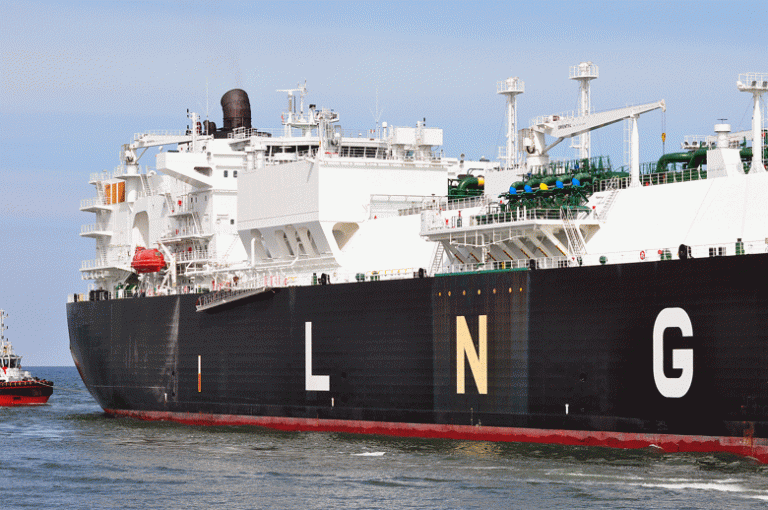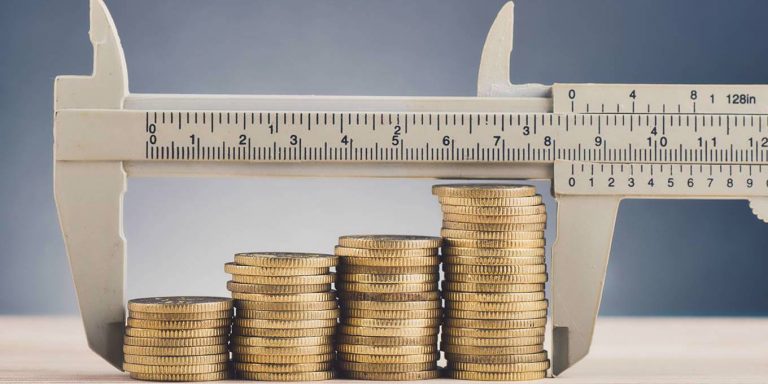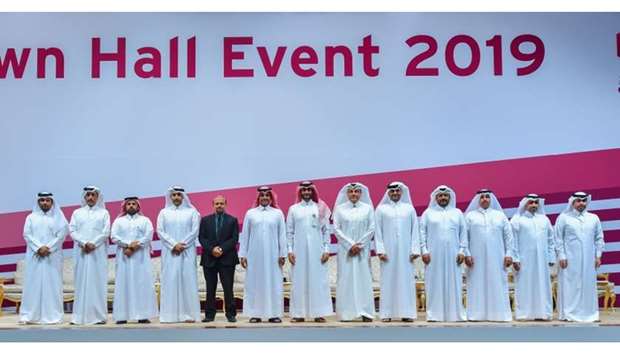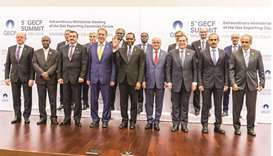Can Pakistan make transition to electric vehicles soon?

KARACHI: When you think of electric vehicles, you think of Elon Musk, a noiseless Tesla and luxury more than zero emissions. But today the government wants to use the same technology for the common man — to run bikes, rickshaws and even buses, jeeps and trucks. Will this transition from fossil fuel vehicles to electric vehicles in Pakistan happen anytime soon?
Cities are witnessing the worst ever smog. This was followed by a climate march with youth demanding climate justice.
Thus the Pakistan Tehreek-i-Insaf government could not have chosen a better time than when the UN climate summit COP 25 is taking place to make a strong case against tailpipe emissions from urban transportation, a major contributor to air pollution and climate change.
Little wonder then they quickly got the nod of approval by the cabinet for the first national electric vehicle (EV) policy.
With 43 per cent of the airborne emissions in the country coming from the transport sector, federal Minister for Climate Change Malik Amin Aslam said that transitioning to EV provided a “huge opportunity” for the country.
“These will have many advantages for Pakistan — it will reduce pollution, will cut the cost of fuel by 70pc thereby [leading to] huge saving for FFV (fossil fuel vehicle) owners, and will cut the country’s import bill tremendously.”
There are three million private cars and 20m motorcycles and motorised rickshaws plying the roads, according to the Pakistan Bureau of Statistics, as cited in the Economic Survey 2018-19, mainly due to the absence of a good public transport system.
Riaz Haq, who has worked in various tech firms for 35 years in the Silicon Valley and is an EV enthusiast, said that with 32m households and 17.5m motorcycles registered in Pakistan, the motorcycle ownership increased from 41pc in 2015 to 53pc in 2018.
The new policy envisions using electricity to get 100,000 cars, 500,000 two- and three-wheelers, 1,000 buses and trucks to ply the roads in the next five years. By 2030 it sees 30pc of all new cars, big and small trucks, vans, and jeeps and 50pc of all two-, three- and four-wheelers to be electric vehicles reducing tailpipe emissions by 65pc. By 2040, if all goes well, 90pc of all vehicles on the roads will be EVs.
“The PM wants all new buses coming on the road to be electric hybrid — run both on electricity and CNG (compressed natural gas),” said the federal minister.
Most experts are lauding the policy as a step in the right direction. “It is a forward-looking step needed to deal with climate concerns from growing transport sector emissions with rapidly rising vehicle ownership,” Mr Haq wrote in his blog.
Another proponent for EVs, Islamabad-based energy expert Vaqar Zakaria, said that “surplus power generation capacity, building off-peak demand for better utilisation of generation capacity which also brings down generation costs, poor urban air quality, high levels of noise from traffic and safer cars” are some of the reasons to make the move.
The automobile industry remains sceptical though. “I would love to see EV launched in Pakistan, but it means developing a huge set-up anew,” said Juzer Amreliwala, the chief executive officer of a Honda partner in Karachi.
“On the face of it, it looks great. But establishing proper after-sales set-up requires both capital and human investment. Although most dealerships have come quite far in technology development, much training is still needed,” he added.
Aware of the infrastructure that will be needed for EVs, the minister for climate change sees it as an opportunity with a whole new service industry and numerous livelihood options opening up. “Pakistan is thirsting for new business opportunities and markets. If we build our capacity technologically, Pakistan can become a hub for exporting EVs — especially two- and three-wheelers,” Mr Aslam said.
However, a potential problem with the policy is the plethora of government supervisors — nine ministries, the Higher Education Commission, the State Bank of Pakistan and various authorities in energy sectors. “This industry transcends so many domains that all these stakeholders had to be included,” explained Mr Aslam. “Interaction and cooperation between stakeholders are the mark of good governance.”
Vaqar Zakaria warns of the “vested interests” who may not like the transition. “Those that sell low quality fuel and cheat on quantity sold will not like it, the refiners will not like it, the car traders will not like it as the EVs will last longer, the industry as it presently will not like it, the FBR may say the government will lose taxes on imported fuel which are huge at the moment and a significant source of revenue for the government. But as a consumer I will be delighted… if they only let me import EVs and E-bikes at reasonable cost.”








This is hardly the only reason why GDP is an inadequate measure of human wellbeing. It also ignores people’s need for respect, dignity, liberty, health, rule of law, community, and a clean environment. But even if all of these other democratic “goods” were satisfied, GDP still would fail as a metric of progress, purely in terms of income alone.
Building on work by the economists Thomas Piketty, Emmanuel Saez, and Gabriel Zucman, the Center for Equitable Growth has proposed “GDP 2.0,” a metric that would complement existing aggregate GDP reports by disaggregating the income growth of different cross sections of the population (such as income quintiles). Providing this kind of distributional picture regularly would require increased coordination among government departments, as well as some conventions on, for example, how to use tax data to complement the usual national accounts. But conventions are also needed for existing national income accounting.
Provided that distributional data are routinely available, one could compute a growth rate based on the weighted average across each decile of the income distribution, with equal weighting for population, as in the example above. Individuals would still be weighed by their incomes within each group (which is why it would be preferable to use deciles rather than quintiles), but the final product would be much closer than current methods to the “democratic” ideal.
One of the main advantages of GDP growth is that it is expressed with a single number, whereas other performance indicators either are presented within dashboards comprising multiple metrics or aggregated in essentially arbitrary ways. The implicit use of income shares as aggregation weights is perfectly appropriate for macroeconomic analysis and is not arbitrary. The problem arises when GDP becomes a proxy for progress. What we can measure easily and communicate elegantly inevitably determines what we will focus on as a matter of policy. As the Stiglitz-Sen-Fitoussi report put it, “What we measure affects what we do.”
Publishing a democratic metric like the growth rate of GDP 2.0 is no pipedream. A GDP growth rate using equal weights for each decile of the population would also produce a single number to complement the usual growth rate. True, it still would not capture the substantial differences within the top decile in many countries where the top 1% have been gaining disproportionately compared to everyone else. And we still would need other metrics to measure performance in dimensions other than income. But as a single figure published alongside GDP growth, it could go a long way toward changing the dominant conversation about economic performance.